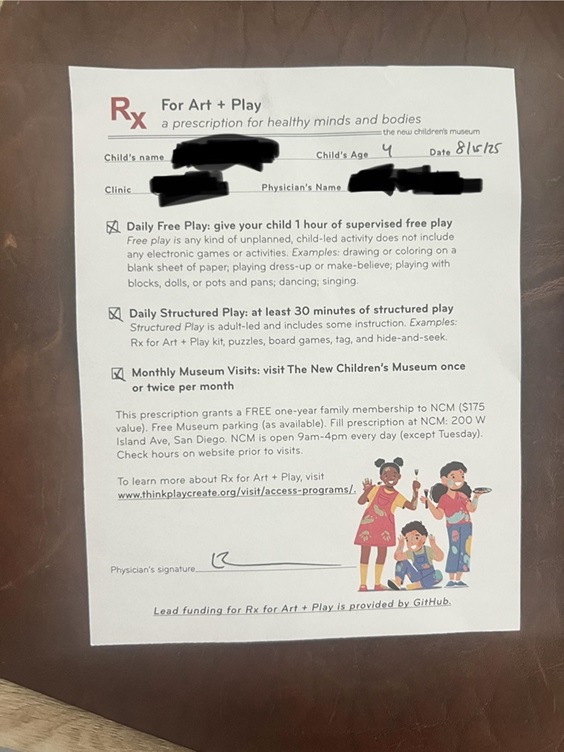Colleen Dilenschneider and her colleagues at IMPACTS Experience recently released data on social media engagement for cultural organizations.
If you don’t intend to read any further in this post at least read this: Keep your website up to date and make sure it works well on mobile.
Looking at data from Baby Boomers, Gens X, Y, Z, the top three sources of pre-visit information, in order, are Mobile Web, Web (desktop/laptop), and social media. Level of use various a fair bit with Gens Y & Z hovering around 80% on each of these. Gen X around 75% for both types of web and 68% for social media. Boomers are around 45% for mobile and social media and 63% for web.
However, regardless of the level of these percentages these top three are far and away the dominant sources of pre-visit information. The fourth highest source, word of mouth ranges between 22% for Boomers and 15% for Gen Z.
It just underscores the importance of making sure your web content is up to date, inviting, and contains the information people are seeking to make their visitation decisions.
One interesting observation they make about peer-reviewed sites which come in as the fifth most popular source of info:
Interestingly, Boomers very slightly outpace other generations for using peer-review web sources such as Yelp and TripAdvisor. It is not a massive difference, but it may be enough to make senior leaders think twice about Google reviews not reaching more senior audiences.
Looking at how social media influenced people’s satisfaction during a visit, they found that people who referenced online content related to their visit while onsite had a greater level of satisfaction than people who didn’t check out online content. This level was slightly higher for exhibit based entities and performance entities. They attributed this to the lack of opportunity to access information during a performance vs. wandering around a gallery, garden, zoo, etc.
Providing people with content that allows deeper exploration related to their experience can be beneficial to their enjoyment.
Social media may cause an even greater bump than mobile web because social media encompasses sharing and allows guests to meld their own personal brands with a museum or performing arts brand. It allows us to say to the world “I’m the kind of person who attends art museums!” and to share the experience with friends, adding a layer of personal relevance.
In terms of what social media platforms receive the most engagement from high-propensity visitors: For performing arts entities it is Instagram, TikTok, Facebook, Twitter/X in that order.
Exhibit based entities are slightly different
For exhibit-based organizations, Instagram is a 4.3x more important platform for millennial engagement (i.e., likes, shares, comments) than is Facebook. For Baby Boomers, Instagram is 1.3x more important for engagement than Facebook. That said, Facebook beats out TikTok for the Baby Boomer crowd…but only the Baby Boomer crowd.



There is another way. The Gewandhaus Leipzig in Germany (concert venue) offers flex- tickets for a small premium. Not an…